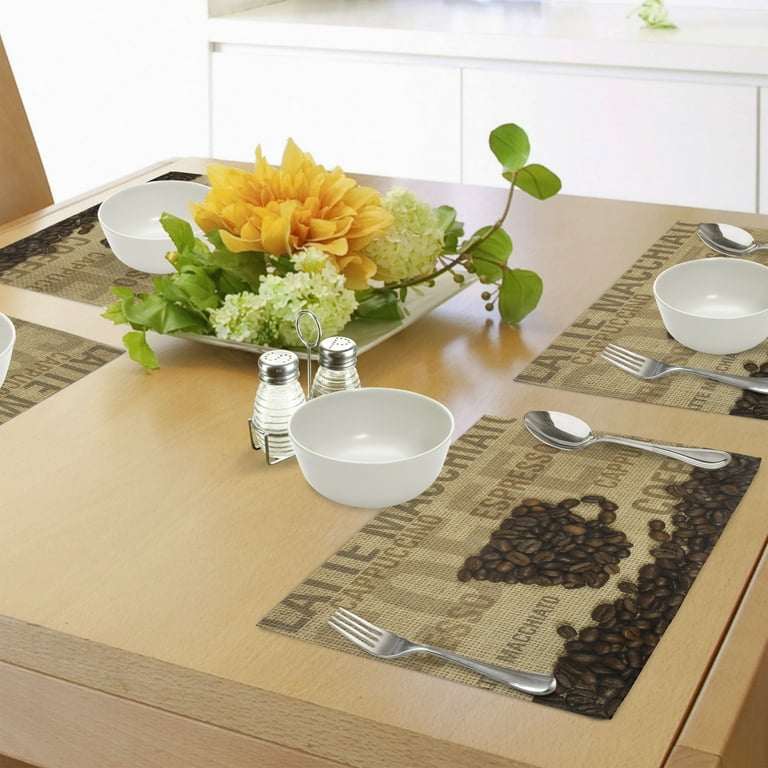More About Unique Art
4 Simple Techniques For Unique Art
Table of ContentsHow Unique Art can Save You Time, Stress, and Money.Some Known Details About Unique Art Indicators on Unique Art You Should KnowThe Ultimate Guide To Unique Art
While one could question which art type holds priority, the reality continues to be that each of these seven kinds offers a distinct home window into human background, society, and development. They are the tapestries that chronicle our trip, reminding us of our past while inspiring visions for the future.Fantastic art work informs a story, makes people look two times, and develops an one-of-a-kind experience that can't be matched. Art and illustrations communicate every one of that through shade, form and other design aspects. Learn how to make your distinct artwork attract attention from the crowd.
3 Emil DervishIn this entranceway by Emil Dervish that stunning cobalt blue door swipes the show. To bring also a lot more dramatization, he expanded the paint. to the doorframe and the wall surface up, completing in an arched shape. The curves, in addition to a spherical sconce, soften the edges - Unique Art. Frameworks vintage posters and maps of beloved areas established the scene.
8 TRIA GIOVANEqual components grand and laidback, this foyer made by Anthony Baratta is the perfect blueprint to follow if you're enhancing an official entry that still really feels unfussy and comfortable. Patterned textiles take spotlight (see the rugs and the sofa), yet they also help bring the high ceilings down to a human scale when hung over wallpaper.
Some Known Incorrect Statements About Unique Art
18 Heidi Caillier DesignA gallery wall does not require to take up the entire area. Sometimes a little one can make a bigger style declaration. In this living room, Hiedi Caillier decided for micro-mini frameworks and a random make-up.
, the expression of ideas and emotions, with the development of particular visual high qualities, in a two-dimensional visual language. The aspects of this languageits shapes, lines, colours, tones, and texturesare used in different means to create experiences of volume, room, motion, and light on a level surface area. These components are integrated right into expressive patterns in order to represent actual or supernatural sensations, to translate a narrative motif, or to produce wholly abstract visual partnerships.
Later on the concept useful content of the "fine musician" look at here now established in Asia and Renaissance Europe. Throughout the 19th century painters in Western cultures started to lose their social placement and safe and secure patronage.
5 Simple Techniques For Unique Art
Others earned an earnings with exploring exhibitions of their work. The need to attract a market had replaced the comparable (if much less impersonal) needs of patronage, and its impact on the art itself was possibly comparable as well. Unique Art. Usually, artists in the 20th century can get to an audience only with business galleries and public galleries, although their job may have been occasionally replicated in art periodicals
For the history of paint in ancient Egypt, see Egyptian art and style. The advancement of painting in different areas is treated in a variety of articles: Western paint; African art; Central Oriental arts; Chinese paint; Islamic arts; Japanese art; Oriental art; Native American art; Oceanic art and design; South Eastern arts; Southeast Asian arts. For a discussion of the bogus of artworks, see imitation. For a discussion of the duty of painting and other arts in religion, along with of making use of religious symbols in art, see religious significance and iconography. For details on various other arts related to painting, see write-ups such as attracting; folk art; printmaking. , also when a painting's narrative symbolism is unknown.
Do not duplicate the design of various other artists if you're trying to find your style. Copying other individuals's art work can be excellent in instructional functions however it will certainly not make you closer to locating your very own special style. Your artistic style needs to be, what you like and what motivates you.

5 Easy Facts About Unique Art Described
You need to attempt great deals of different choices and explore whatever prior to you can concentrate on one specific design or you'll be bored, or worse, you'll hate your very own design. So I recommend you to try every subject that you have an interest in, check out as much as you can. Try different tools that delight you and new techniques you have actually never ever attempted prior to.
With time you'll be able to sort every one of them into your preferred and least favorite categories. Try to focus your focus on the topics and tools that you like and before you see it coming you'll have your very own personal and unique style, like nobody else have! In the end you'll have a few favorite topics to repaint and maybe a couple of favored tools.
